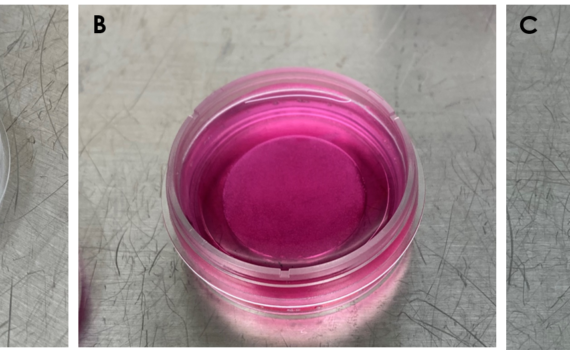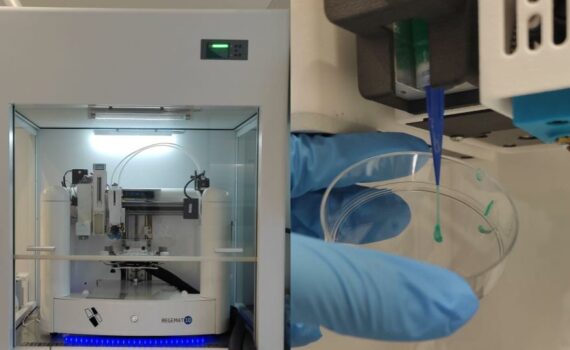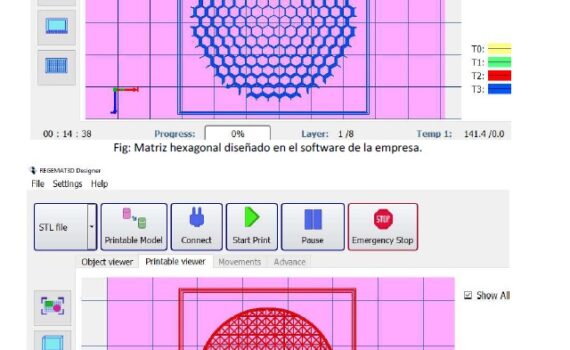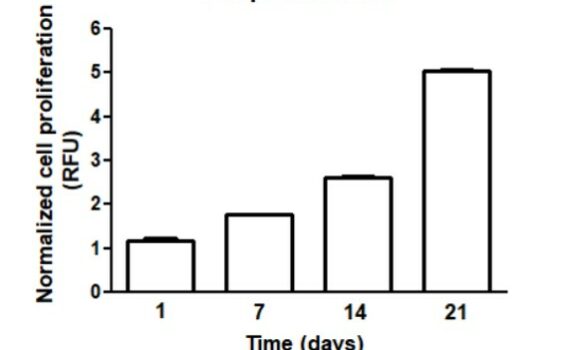00 Introduction Collagen type I is the most common fibrillary collagen found in skin, bone, tendons and other connective tissues, accounting for around 90% of the body’s total collagen. Collagen type I-based hydrogels are ideal for 3D printing and bioprinting applications due to their excellent biocompatibility, biodegradability and controllable printability. […]
Characterization
00 INTRODUCTION Working in sterile conditions is key for culturing our scaffolds in aseptic conditions and avoiding contamination. In a 3D Bioprinting protocol we have many sources of contamination, the biomaterial, the cells itself or the 3D bioprinting protocol. The scaffolds with or without cells have the same requirements in […]
+100 Introduction: Injuries to the knee meniscus commonly lead to osteoarthritis. Current therapies for meniscus regeneration, including meniscectomies and scaffold implantation, do not achieve complete functional tissue regeneration. This has led to increased interest in cell and gene therapies and tissue engineering approaches to meniscus regeneration. The implantation of a […]
+110 In recent years, the development and use of biomaterials has undergone a great advance because they have made it possible to improve people’s life expectancy, improve surgical techniques and, on the other hand, successfully develop implants and medical devices capable of working properly in contact with tissues of the […]
+70 This method describes a robust and reproducible method for ready isolation and expansion of ovine Wharton’s jelly-derived MSC (oWJ-MSC) from umbilical cord (UC) for use in non-clinical research to support proof-of-concept studies addressing safety, efficacy, and the study of mechanisms of action (MoA) of novel MSC-based treatments. The protocol […]
+10 Introduction 3D in vitro models offer a better representation of in vivo conditions, which is translated into differences in cellular morphology, metabolism and functions when compared with cultures in monolayer. To measure such differences, a plethora of indicators can be used; with the alamarBlue assay, levels of oxidation during […]
+30 Introduction To date, most cell-based assays use traditional 2D monolayer cells cultured on flat and rigid substrates. However, these models are unable to reproduce the architecture, mechanical and functional properties inherent to native tissues, thus hampering the translation of research results into clinics. For these reasons, 3D cell culture […]







